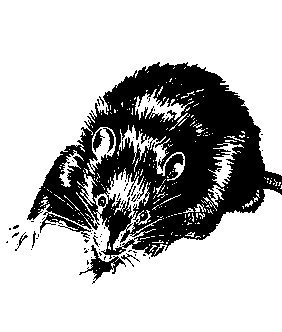Check-up for ancient plague finds black link in DNA

It turns out two of the world's most devastating plagues, the Black Death and Plague of Justinian, were both caused by distinct versions of the same pathogen, Yersinia pestis.
The revelation was made by researchers from the University of Sydney, who investigated the genome of pathogens found in the teeth of two 1500-year-old plague victims.
The findings have come from the oldest pathogen genomes ever obtained, to show that new human plagues could emerge in the future.
“We discovered that the bacterium responsible for the Plague of Justinian, which jumped from rats to humans and killed many millions of people in the sixth century, faded out on its own,” said Professor Edward Holmes, from the University of Sydney's School of Biological Sciences and co-lead author of a study published in Lancet Infectious Disease.
As with all good findings, the discovery has prompted more questions. In this case, it is confusing just what made the virus so successful only to then die out so rapidly.
“This study raises intriguing questions about why a pathogen that was both so successful and so deadly died out. One testable possibility is that human populations evolved to become less susceptible,” said Professor Holmes.
The historically significant findings help fill in the tapestry of the past, which had been missing any solid information on the Justinian Plague in particular.
The waves of disease helped bring an end to the Roman Empire and killed nearly half the world's population as it spread across Asia, North Africa, Arabia and Europe.
Analyses reveals the Justinian outbreak was an evolutionary ‘dead-end’, distinct from strains involved in the Black Death and other plague pandemics.
The research was jointly funded by the Australian National Health and Medical Research Council, Social Sciences and Humanities Research Council of Canada, Canada Research Chairs Program, US Department of Homeland Security and the US National Institutes of Health.









 Print
Print